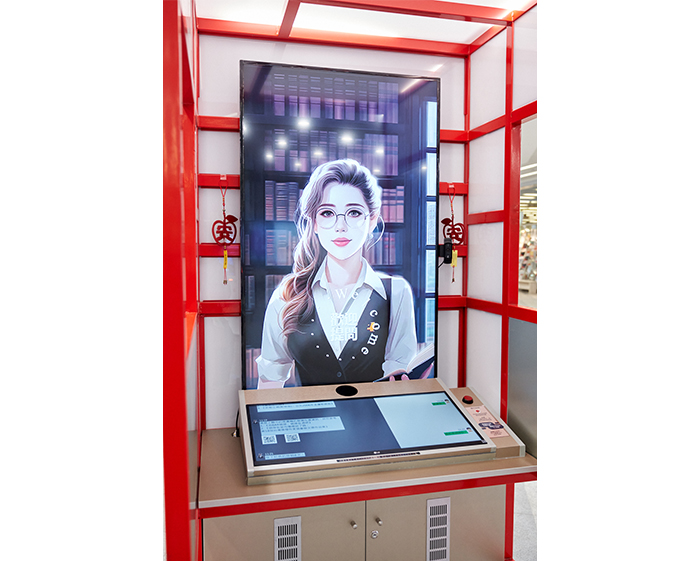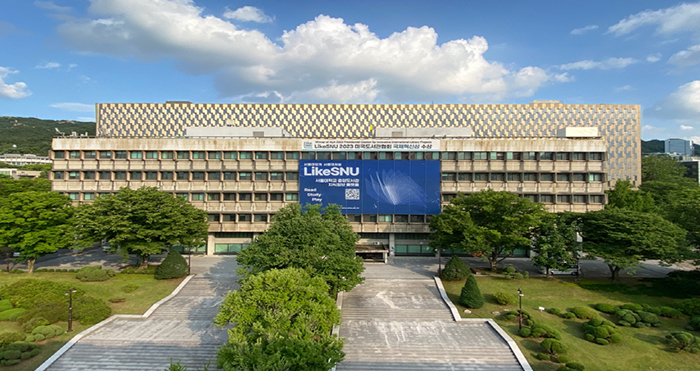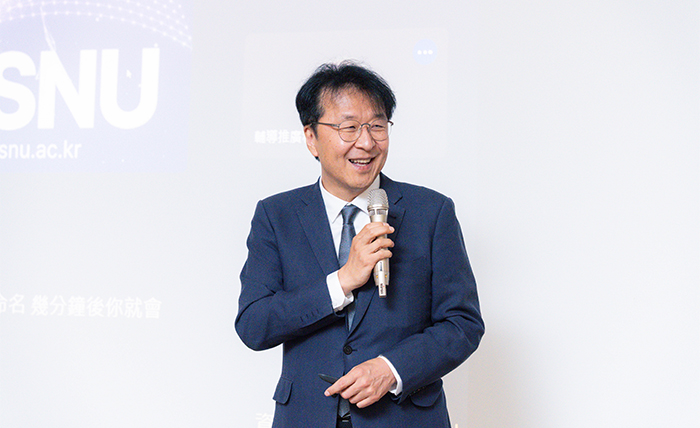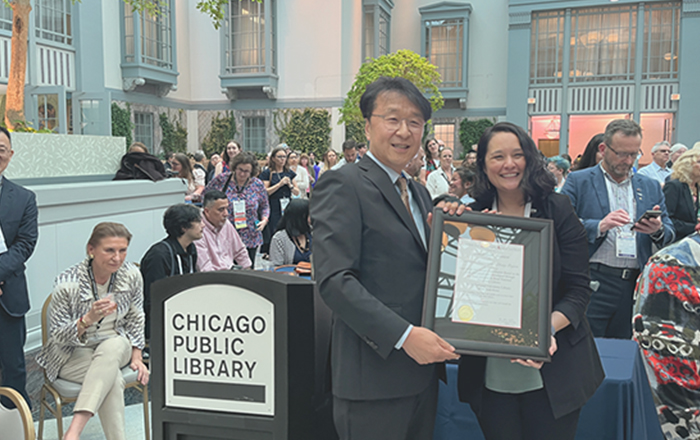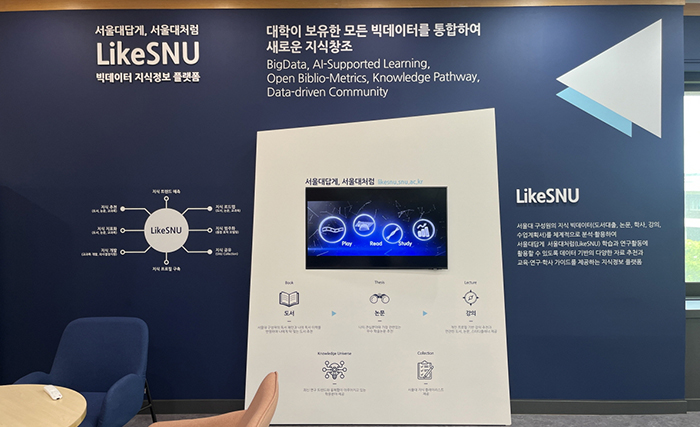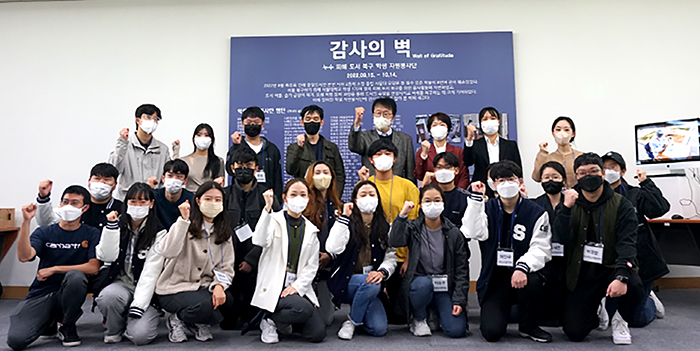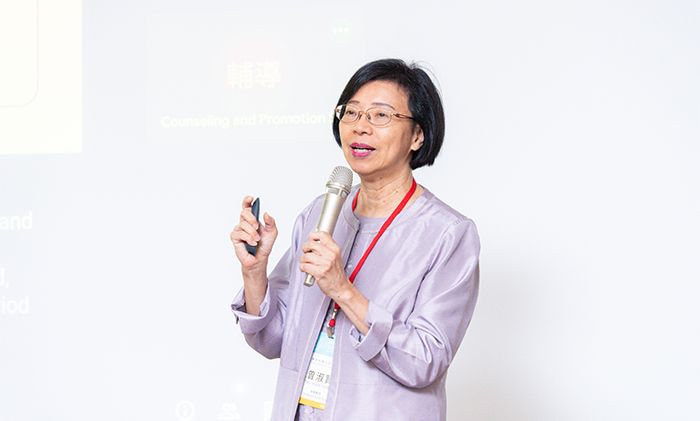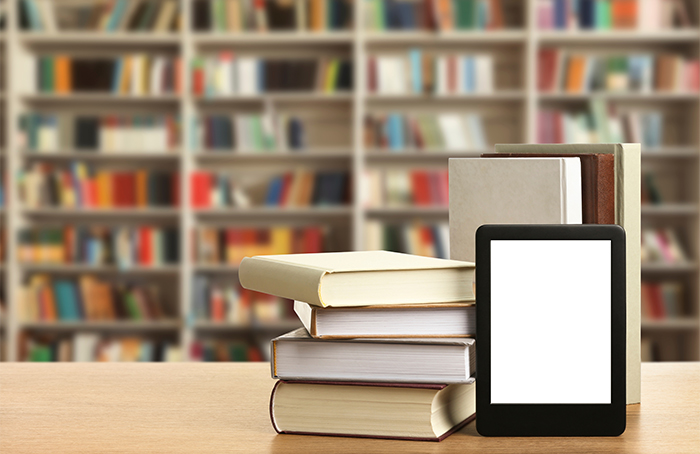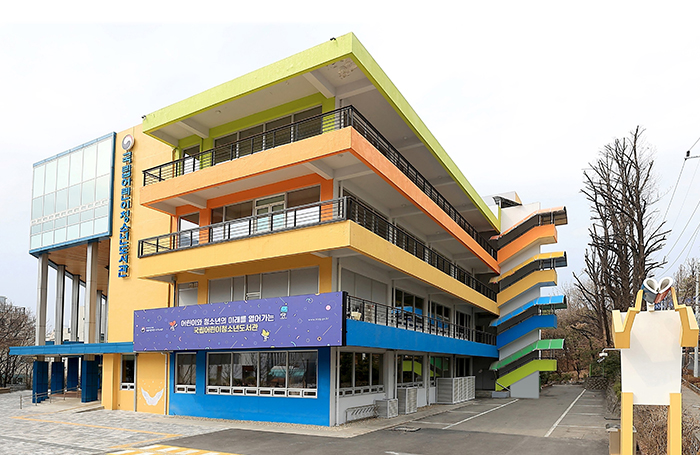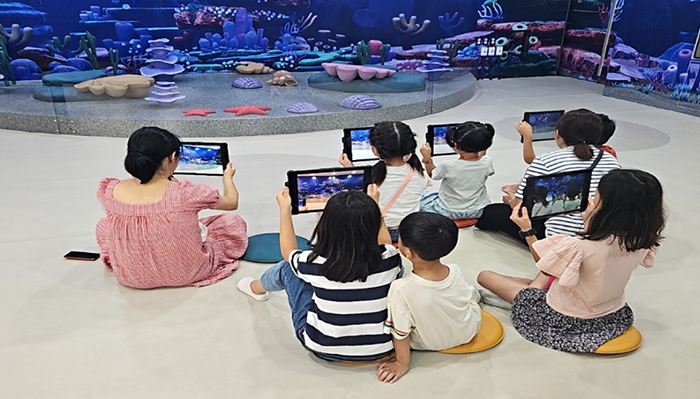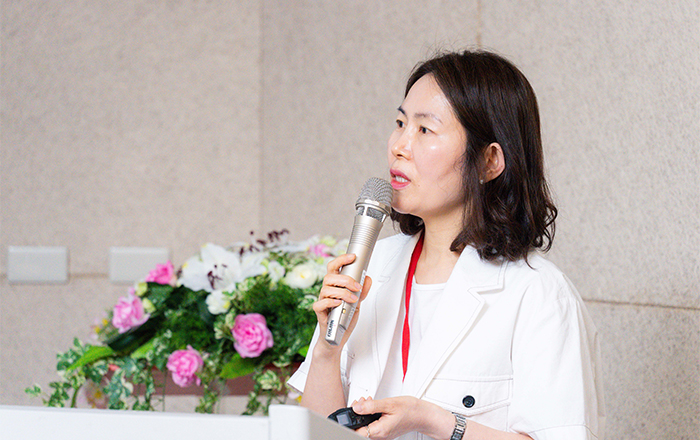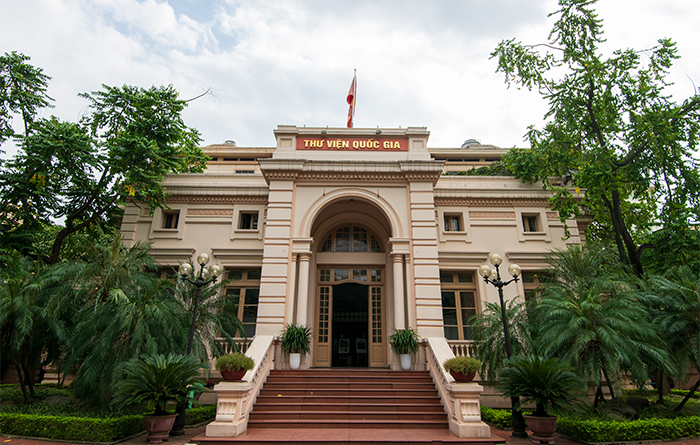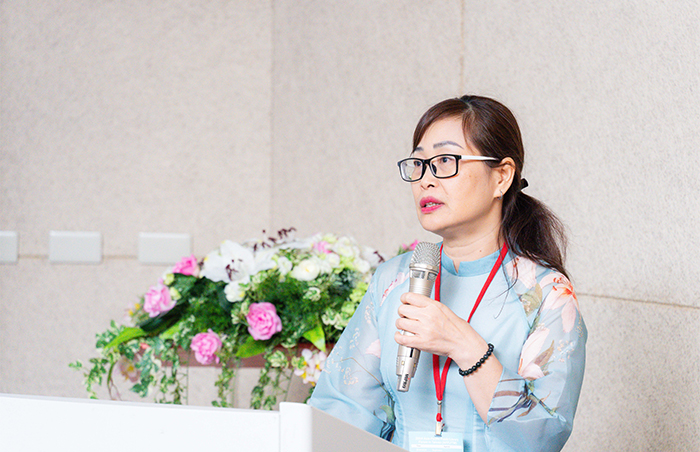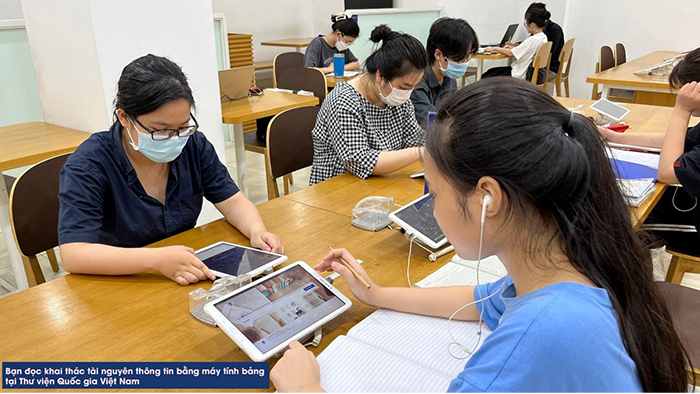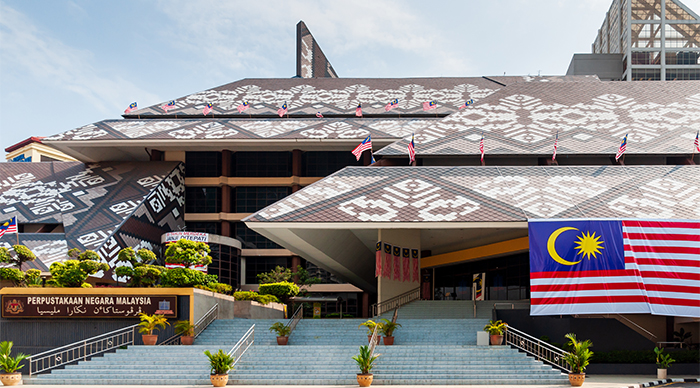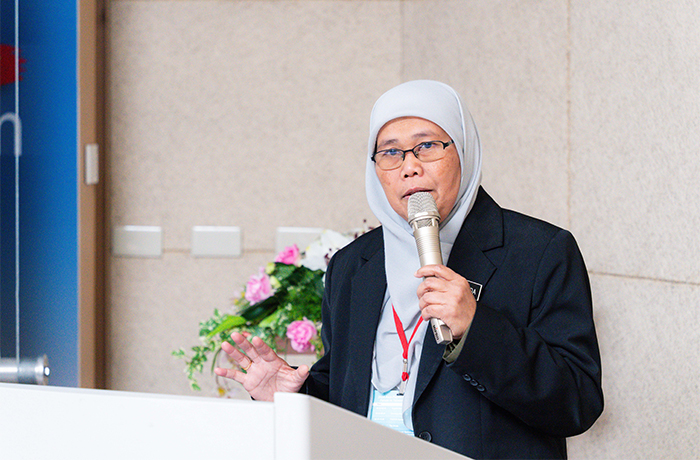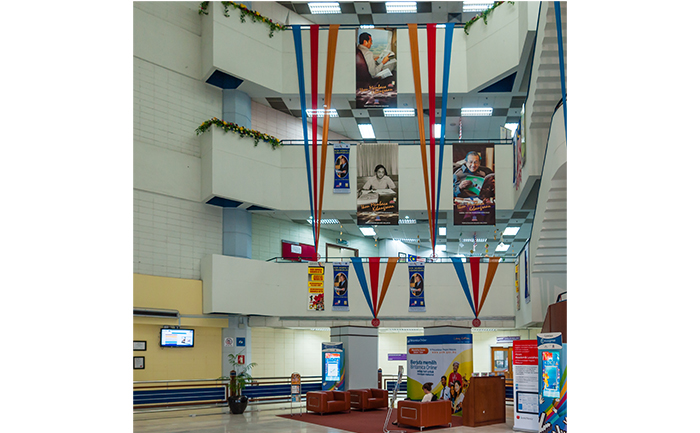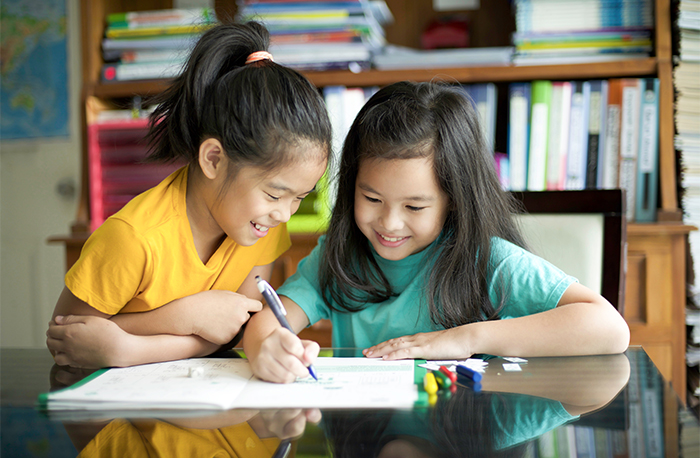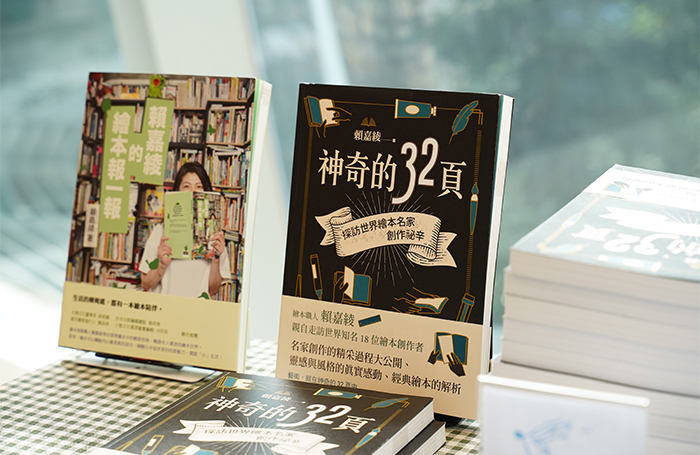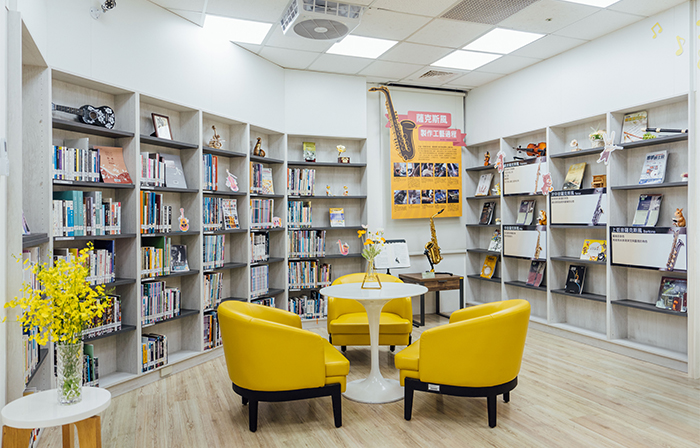Written by/Mi Chi Tasi、De Yi Chen
Photographer/Zhen Feng Zhuang
Photo by NLPI、NLB、Shutterstock provided
The recently concluded COMPUTEX 2024 Taipei has set off an AI whirlwind throughout Taiwan, making the public realize that we have entered the AI era, and technological advances have led to AI fervor in industry, government, and academia, as well as opening a new service model for libraries.

As technologies such as intelligence, technology and automation become more mature, various sectors are gradually applying them to their daily lives to enhance efficiency and create better service quality.
Libraries, art galleries, museums, and other cultural and educational venues are no exception, and the importance of ‘smart technology’ is demonstrated by how to use technology to help serve the constant flow of visitors and solve their problems or needs with limited manpower.
National Library of Public Information Creating diversified digital library services
Since its establishment in 1923, National Library of Public Information(NLPI)has witnessed the transformation of library services from traditional to intelligent. In 1994, NLPI introduced an automation system and started automated services; in 2007, NLPI introduced RFID chips and built a digital collection service network and an e-book service platform, which enable the public to enjoy the convenience of digital reading from the cloud.
Chiung Hui Hsu, head of the Reading Advisory Section, shared that NLPI launched the “iLib Guider” app in 2018, which allows readers to complete the process of borrowing books by using their mobile phones, and which won the Top 100 Innovative Services Award of Taiwan Information Month in the same year. In addition, the “Micro Library” and “self-service book reservation and pickup area” were launched to provide zero-touch services. Patrons can easily borrow books by using their mobile phones or library cards, eliminating the hassle of waiting in queues and enhancing the efficiency of the library services.
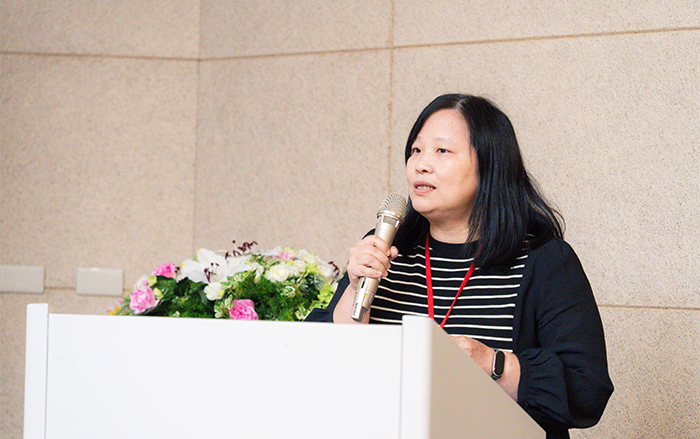
She also introduced NLPI's AI librarian “Xiao Shu”, the first generative AI librarian in Taiwan, which can not only provide intelligent consultation but also chat with readers. Compared with traditional robots, “Xiao Shu” can mimic human thinking and answer more complex questions, providing better reading services to the public and effectively sharing the workload of librarians.
These innovations not only enhance the operational efficiency of libraries, but also enrich and diversify the experience of patrons. “In the future, NLPI will continue to explore the application of smart technology to provide more personalized and precise services to our patrons”.
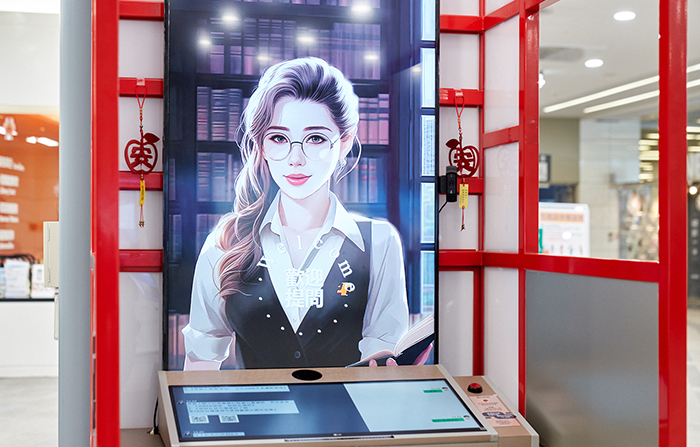
Applying AI intelligence to create a more user-friendly experience
Zhong Xin Zhou, a professor at Tung Hai University's(THU) Department of Information Engineering, who has partnered with NLPI to create the AI intelligent librarian “Xiao Shu”, believes that the library's multifunctionality has long gone beyond its traditional role as a custodian of books, from writing reports to attending online seminars, or from using free Wi-Fi to accessing digital content. How will smart technology be applied to the transformation of library services?
“Libraries need to attract people to them through innovative user experiences.” Zhong Xin Zhou further explores the user experience of three different generations: the first is the Internet, which has changed people's behaviors by making access to information more convenient; the second is the mobile phone, which has made it easier for people to read books and information more instantly and easily, but also brought the problem of distraction; and the third is the AI, which has attracted heated debates in various circles recently, especially with the emergence of Chat GPT, which has made the service scope of AI more popular.
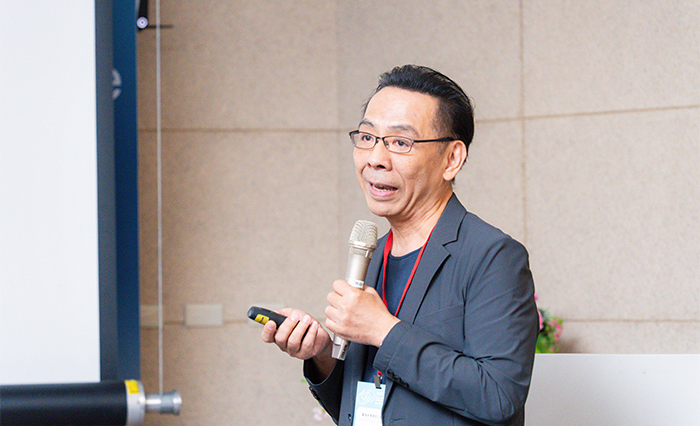
Zhong Xin Zhou mentioned that the AI intelligent librarian “Xiao Shu” used by NLPI is the result of joint design and development with the team from the Centre for Software Engineering and Technology of THU. “Xiao Shu” can not only provide reader service consultation and book recommendations, but also interact with readers like friends. The successful application of “Xiao Shu” demonstrates how AI can enhance library services and break the limitations of traditional predictive AI to achieve an interactive effect like that of real librarians.
Since the launch of “Xiao Shu”, many readers have interacted with it and received help from it. This is the first time that Zhong Xin Zhou and his team have applied AI to library work, and it is also a very successful case, which shows us that library services can combine with smart technology to develop more diversified and convenient library services and create a more humanized user experience.
National Library Board Various parties have set up centers to encourage the public to borrow books.
The National Library Board (NLB) is responsible for the management of public libraries in Singapore, including public libraries, the National Library and the National Archives of Singapore. There are a total of 28 public libraries, which provide lending of books and materials as well as organizing activities and exhibitions.
According to the 2023 statistics, there were 19.8 million visits and 36.3 million loans, including 24.5 million loans of physical materials and 11.9 million loans of digital materials. The books in the National Library are for reference only. Members of the public can make enquiries at the library or borrow them from public libraries. The National Library requires all authors of books published in Singapore to provide a legal deposit, while the National Archives of Singapore holds all documents related to Singapore's history, such as pre-independence photographs or signed treaties.
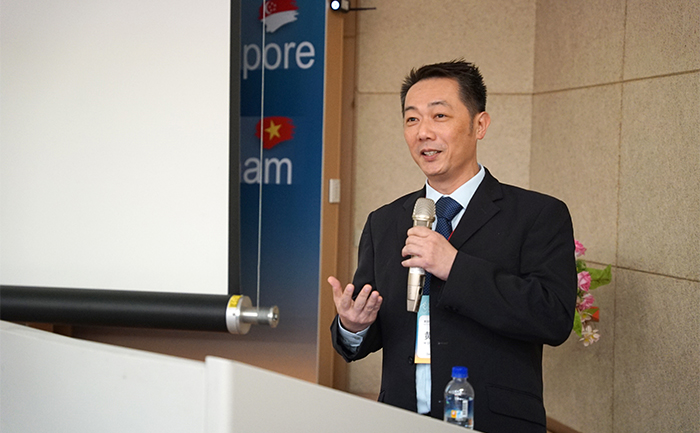
Meng Wei Huang, Deputy Director of Technology Services of the NLB of Singapore, said, “The first and foremost task in establishing a public library is to choose the location. We hope that libraries will be in places that are easily accessible to readers, and we have even allowed libraries to move into shopping malls and community centers, so that when people come to do their shopping, they will be able to borrow a book and go home with them.” The libraries have set up “Self-service Book Loan Stations” or “Mobile Book Reservation Stations” at different locations in the urban areas, considering the needs of different groups, such as wheelchair-bound readers or the elderly, so that readers can borrow and return books in the most convenient way at any time.
Introduction of automation and robotics to save manpower and improve work efficiency
With robotics and automation, readers can find books easily and return them more conveniently. Meng Wei Huang went on to explain that automation and robotics can take over repetitive tasks and provide more convenient and user-friendly services to patrons.
Like the public libraries observed that patrons who borrowed and returned books did not move smoothly, and if they wanted to return books before borrowing them, they had to walk through half of the library and then turn back. Later, the libraries set up a few “Mobile Return Boxes” inside the libraries, which not only solved the problem of the movement lines, but also installed RFID-enabled return boxes that would move on their own after being filled up to transport the books to the book classification area, which was sometimes seen by the children chasing after the moving return box situation.
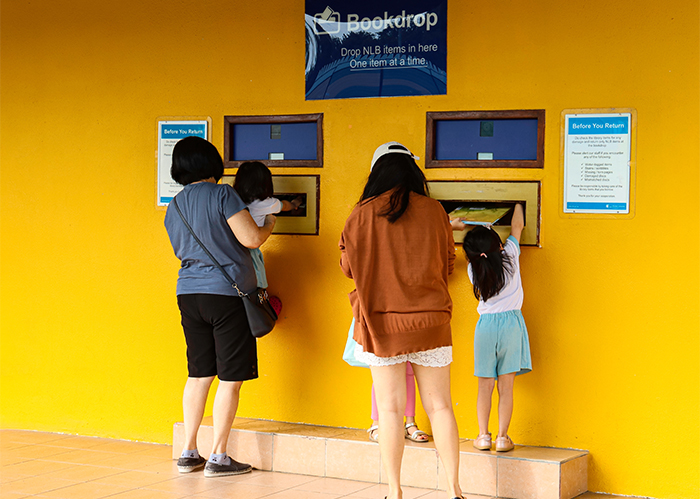
Returned books are sorted through an automated sorting system, which not only sorts the books into categories, but also identifies the originating library of the inter-library books. Meng Wei Huang said that the book sorter operates at a fixed point, so readers can see the process, and children will remember to return the books if they are enthralled.
The Shelf Reading Robot is used to check the books on the shelves after the library closes, and when it finds books that are misplaced, it will report them so that the librarians can come and put them back in their place. Meng Wei Huang said with a laugh that now, books still need to be put back in place manually, and the robot can't open doors or press lift buttons on its own. If the entire process were to be completed by a robot, it would require more costly adjustments or additional functions.
Meng Wei Huang pointed out that libraries use the assistance of intelligent technology to reduce the demand for manpower through the mode of human-machine co-operation, so that librarians can go and do higher-value work. He also mentioned that robots cannot completely replace humans, like the current bookshelf identification robots still have their limitations.
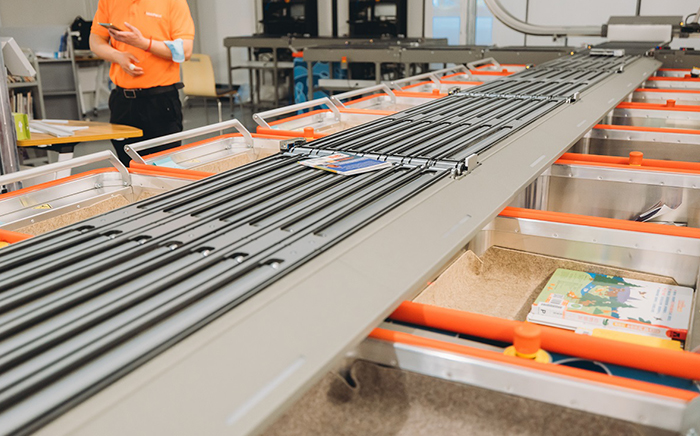
The public has asked, “If the robot falls, will it stand up again? Or if there is a fire, will the robot know how to escape?” Meng Wei Huang said that the museum will continue to communicate with the manufacturer, and gradually adjust the robot that best meets the needs of the museum.
Libraries take the lead in digitizing collections and encouraging citation and creativity
The National Library of Korea(NLK), established in 1945, has 19.59 million digital resources as of December 2023, which is more than the 14.25 million books in its collection. Suejeong Kim, Director of the Digital Development Unit of the NLK, explained that in recent years, the NLK has been cooperating with many Korean cultural, historical and art institutions and libraries to carry out the Digital Collection Project to digitize the contents of each library's collection, and by the end of 2023, 14% of the NLK's collection will have been digitized.
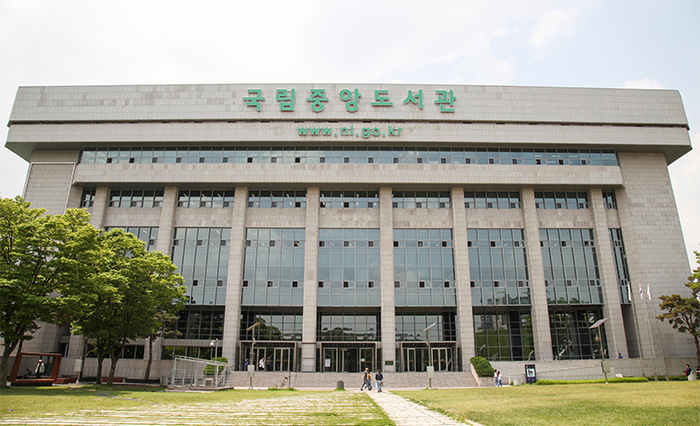
In 2023, the Optical Character Recognition (OCR) program for digital collections will process 1.14 million full-text data, including single volume books, children's books, antiquarian books, and periodicals, with an average recognition rate of 75.69% per annum; AI OCR will also be used to process the full text of 1,825 books; and the archiving of Korean newspapers from 1883 to 1960 will be completed by 2023. The progress of Korean newspapers from 1883 to 1960 is about 99 types and 8.2 million newspaper articles at present.
According to Suejeong Kim, “Digital resources have exploded and brought about revolutionary and innovative changes like the Gutenberg printing press.” Through this digitization, it is possible to revive ancient books, old newspapers, and contemporary materials that have been temporarily lost because of the purification of the Korean language, and to bring about a new wave of cultural renaissance, such as the revival of classic Korean dramas. At the same time, because digitization has spread across the country, knowledge and culture sources such as libraries, museums, and art galleries around the country have invested in and provided materials, so that the public can then easily obtain the content they need in libraries.
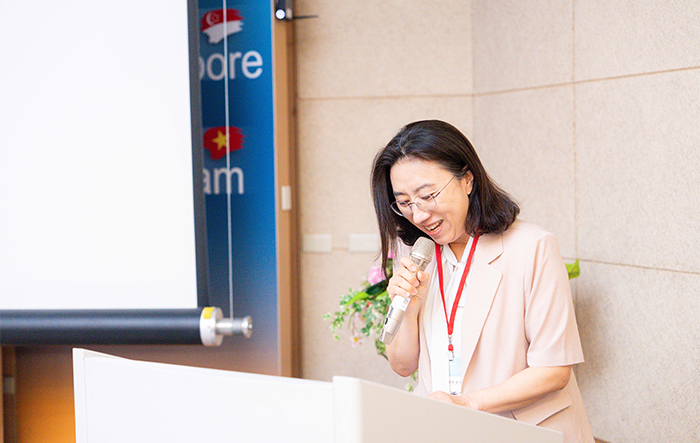
NLK also organized a competition to encourage the re-creation of digital resources, and between September and November 2023, seven entries won awards. 2023's winning entry, “The Traces of Literature: Classic Novel Webtoon Project”, was based on the library’s digital version of the classic Korean literary novel Seodongjijeon and used Chat GPT to generate scripts and the AI drawing tool DALLE 3 to draw an online comic. Suejeong Kim laughs, saying that he is also interested in learning how to use AI tools to generate scripts for classic novels and web comics, which have become very popular in recent years.
Enhancing the use of historical data through digital preservation
Suejeong Kim also introduced the Korean Memory Project, a knowledge digital archiving and digital curation project aimed at assisting libraries and national cultural institutions in digitizing resources such as knowledge and cultural traditions and providing digital curation services. The project deals with the ‘memory’ of individuals, nations, and organizations. Currently, 44 organizations are participating in the Korea Memory Platform, and the latest version is expected to be launched in the third quarter of 2024.
The digital curation project begins with the selection of “high value and time sensitive” themes, and the library then digitizes the resources of the curatorial institutions, creates categories, defines standard interpretations of the data, and establishes rules. NLK also operates the Korea Memory Platform and Committee, providing user-oriented services and promoting inter organizational collaboration. The target materials for the project include physical books, videos, photos, exhibition brochures, manuscripts, pamphlets, etc. By December 2023, a total of 261,093 books from 211 institutions will have been digitized.
Suejeong Kim further explains that digital curation is the process of collecting and organizing online resources according to themes or relevance, so that users can search and use them. Through this project, it is hoped that digital resources will become easier to access and use, thus increasing the value of the materials. She also said, ‘Libraries that are familiar with the traditional curatorial process usually have an easy time with digital curation because they are already good at making cross-disciplinary connections,’ she said.
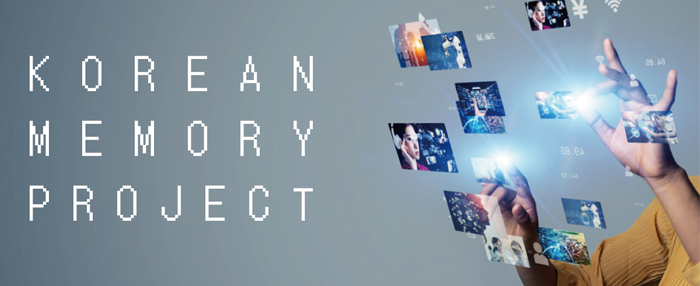
Finally, Suejeong Kim reiterated that the NLK, as a national library and cultural delivery organization, has the main task of adopting an integrative approach to digital curation of knowledge resources and providing the public with more convenient access to materials and methods to support knowledge discovery and research.
Through automation, digitization, AI and other services, the operation of libraries will develop more different orientations, not only to enhance the management efficiency of libraries, improve users' book experience, but also to provide more intelligent and personalized services. With the advancement and development of technology, the role of AI in libraries will become more and more important, and the application of intelligent technology to participate in the library services of various countries has become an inevitable trend.


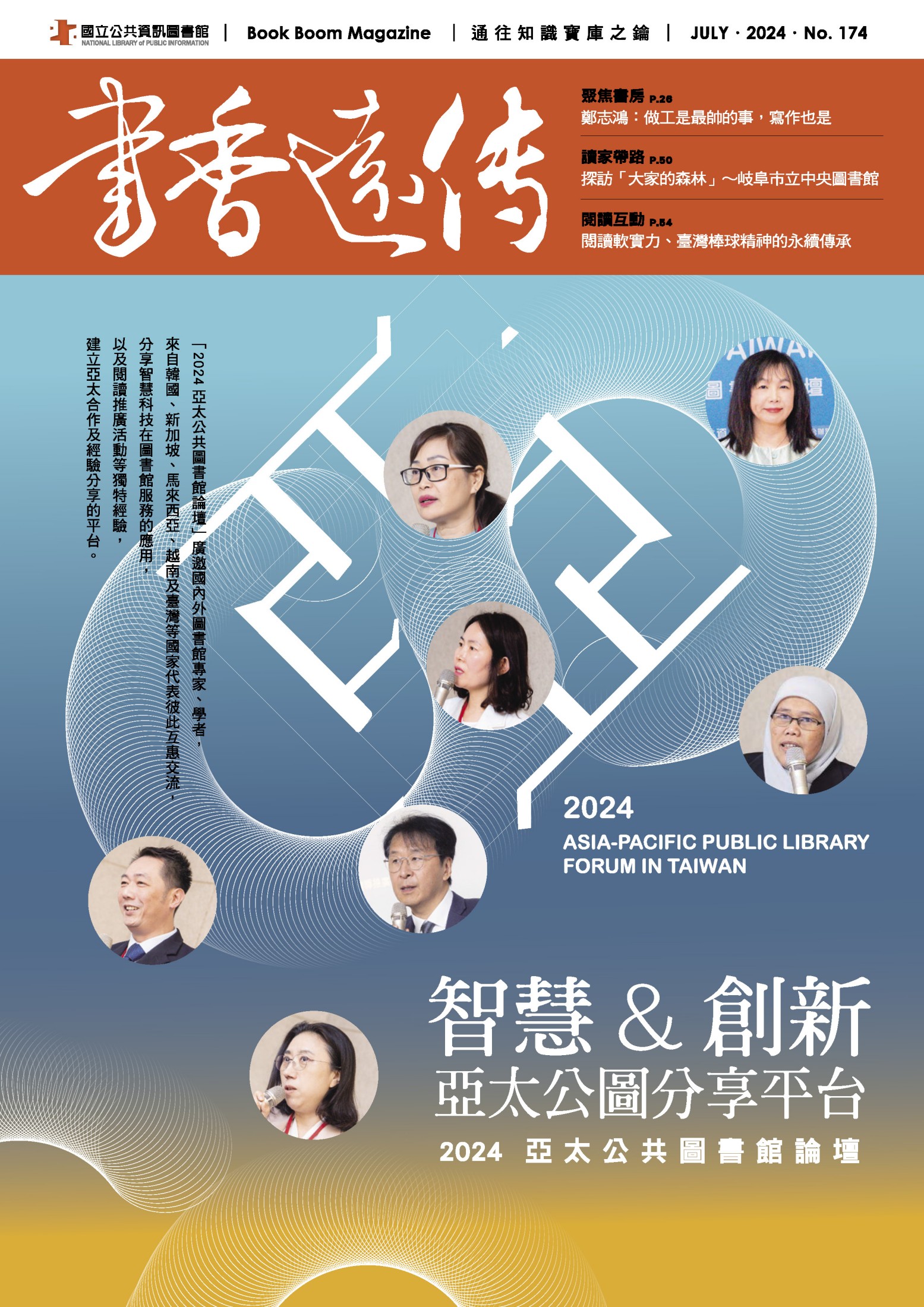
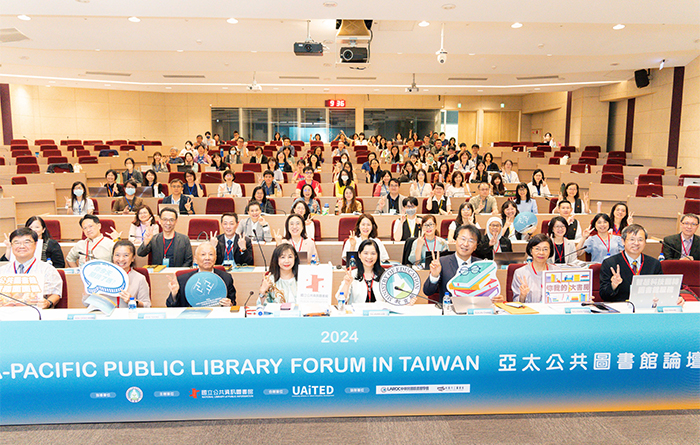
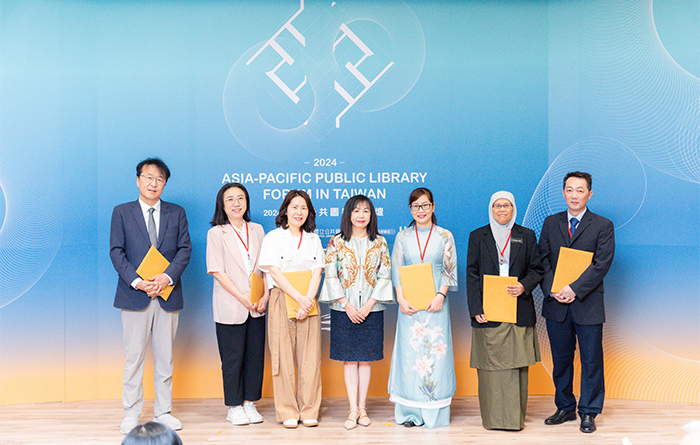
.jpg)
